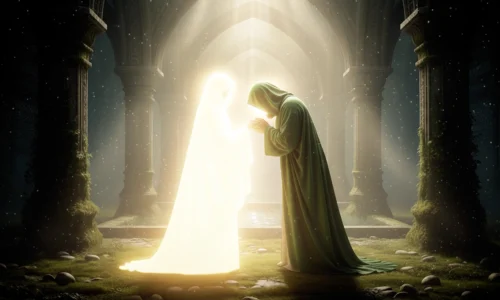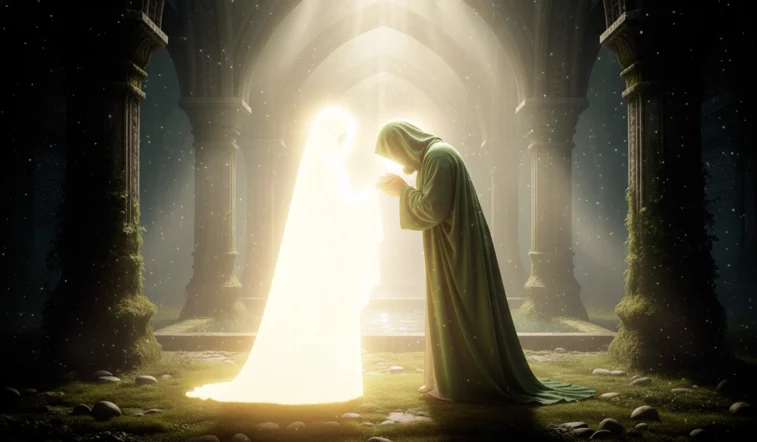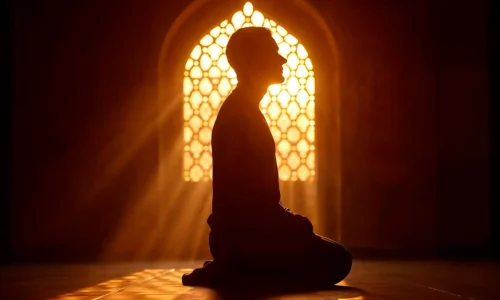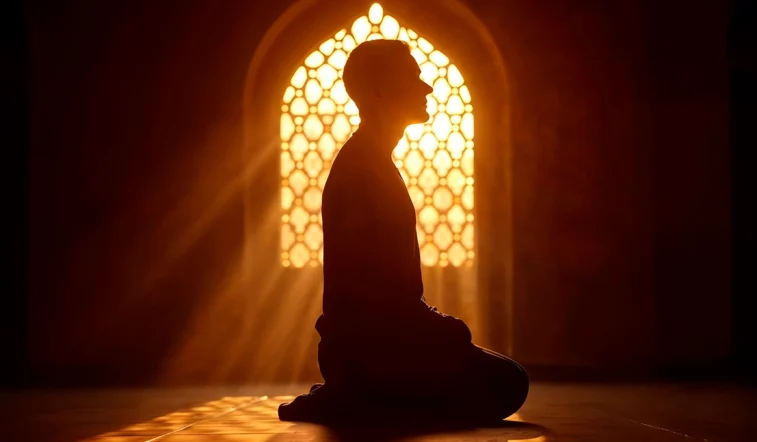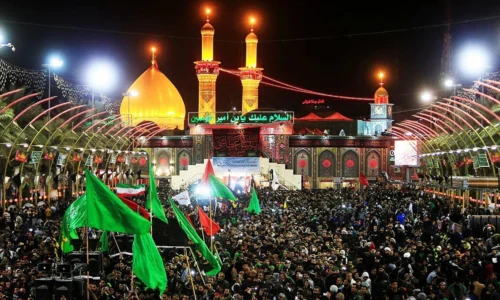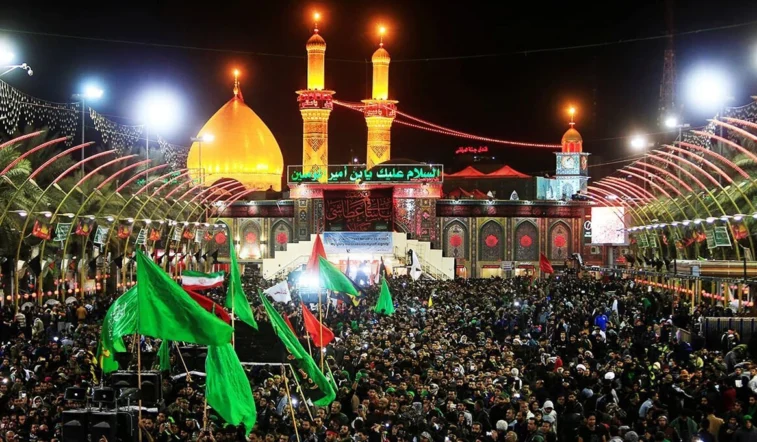In Islamic eschatology, the figure of Dajjal sparks deep discussion: is he a real individual or a symbolic manifestation of global deception? According to both Sunni and Shia sources, some traditions describe Dajjal as a specific man, known for his one eye, massive deception, and false claim of divinity, emerging near the end times to mislead humanity.
Other interpretations view Dajjal as a symbol of widespread corruption, materialism, and spiritual blindness, representing a system or ideology that opposes divine truth. While Shia narrations often link Dajjal’s rise to the appearance of Imam Mahdi (A.S.), Sunni traditions emphasize his role as a major sign of the Day of Judgment, ultimately to be defeated by Prophet Jesus (A.S.). This dual perspective enriches our understanding of the true nature of Dajjal, blending literal and allegorical meanings within the framework of Islamic belief.
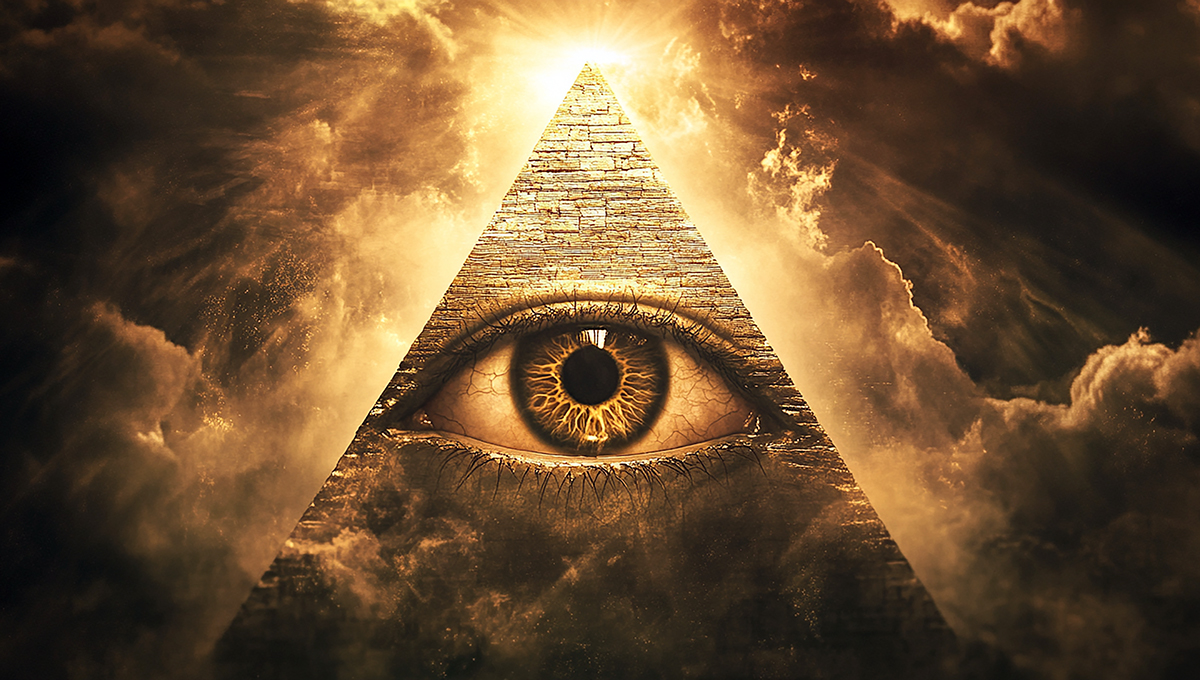
1. Dajjal as a Deceiver
Many Islamic scholars interpret Dajjal not just as a single person but as a title for anyone who deceives people and spreads falsehood. The Prophet Muhammad (PBUH) said:
“The Hour will not be established until thirty liars (dajjals) appear, all claiming to be messengers of Allah.”
(Sahih Muslim & Sahih Bukhari)
This suggests a dual reality:
- Lesser Dajjals: Many deceivers who appear throughout history.
- The Final Dajjal: The greatest deceiver who will appear before the reappearance of Imam Mahdi and the return of Jesus (A.S.).
2. Dajjal as a Specific Individual
Another strong opinion, supported by both Sunni and Shia narrations, states that Dajjal is a specific person, possibly alive since the time of the Prophet (PBUH) and will emerge from a Jewish area of Isfahan (Yahudiya). He will have:
- One eye (the other is blind or deformed).
- The word “Kāfir” (كافر – disbeliever) written between his eyes.
- Extraordinary powers of deception and influence.
- A large following, mainly among the corrupt and misguided, especially from Jewish communities, as per various narrations.
3. Dajjal as a Symbol of Global Deception
Some modern scholars interpret Dajjal as:
- A symbol of global materialism, atheism, or imperialism.
- A system of falsehood and oppression, often aligned with global powers that exploit and misguide humanity.
- Zionism or Western colonial power have sometimes been interpreted metaphorically in this context due to the association with manipulation and injustice.
This symbolic Dajjal fits within the broader understanding that before every major divine revolution, there will be a peak in deceit, injustice, and corruption.
Dajjal’s Appearance and Abilities
- He will travel the world rapidly, even entering seas and deserts.
- He will perform false miracles: reviving the dead, bringing rain, or creating famine.
- He will ride a huge donkey-like creature, and his movement will be extraordinarily fast.
- He will falsely claim divinity: “I am your Lord!”
- He will lead a massive global deception campaign that will mislead many.
Shia and Sunni Narrations on Dajjal
Shia Sources
- Dajjal will appear near the time of Imam Mahdi’s (A.S.) reappearance.
- His greatest deception will occur during the final days of occultation.
- The deception of Dajjal symbolizes the last resistance against divine truth and justice before the final global revolution.
Sunni Sources
- Dajjal’s emergence is one of the major signs of Qiyamah.
- He will be killed by Prophet Jesus (A.S.), who will descend from the heavens to fight alongside Imam Mahdi.
- His death will occur in the land of Sham (Greater Syria), near a place called Ludd or Afiq.
Who Will Defeat Dajjal?
According to both Sunni and Shia sources, Jesus (PBUH) will be the one who ultimately kills the Antichrist (Dajjal) after his return to Earth. Following the reappearance of Imam Mahdi (A.S.), Jesus (PBUH) will descend from the heavens, join the Imam in Al-Aqsa Mosque (Bayt al-Maqdis), and pray behind him, affirming the Imam’s divinely appointed leadership.
Together, Imam Mahdi (A.S.) and Jesus (PBUH) will lead the righteous in the final battle against falsehood. Jesus (PBUH) will personally kill the Antichrist near a gate in Jerusalem, ending his reign of deception.
After this victory, truth, justice, monotheism, and peace will spread across the world, fulfilling the long-awaited divine promise shared by all Abrahamic faiths.
The Link Between Dajjal, Jews, and Global Influence
Many Islamic narrations—especially in Sunni collections—state that a large number of Dajjal’s followers will be Jews, which has led some Muslim scholars and thinkers to explore connections between modern Zionism, global control systems, and the Dajjalic deception foretold in Islamic eschatology. This is not a condemnation of Judaism as a religion, which Islam respects, but rather a critique of Zionism as a political ideology that promotes occupation, oppression, and injustice, particularly in Palestine.
In this view, the global financial system, based on interest (riba), debt, and manipulation, reflects the materialist and exploitative nature of Dajjal’s rule. Many believe that Zionist-aligned networks have significant influence over international banks, corporate systems, and economic policies, creating widespread inequality and spiritual decline.
Likewise, the mainstream media empire is seen by some Islamic scholars as a tool used to spread moral corruption, suppress truth, and manipulate global perceptions—especially concerning Islam, Imam Mahdi (A.S.), and the return of Jesus (A.S.). These systems, rooted in deception and control, are often interpreted as being part of Dajjal’s global agenda.
Ultimately, both Sunni and Shia traditions emphasize that Imam Mahdi (A.S.) and Prophet Jesus (A.S.) will dismantle these oppressive systems and restore truth, justice, and divine guidance to the world.
Final Thoughts
The Dajjal in Islamic eschatology is not just a terrifying individual but a test of faith—a spiritual, intellectual, and moral challenge for all humanity. Whether understood as a real figure or as a powerful symbol of deception and oppression, the ultimate truth remains: the forces of justice, led by Imam Mahdi (A.S.) and Prophet Jesus (A.S.), will prevail over falsehood and restore divine justice to the world.
